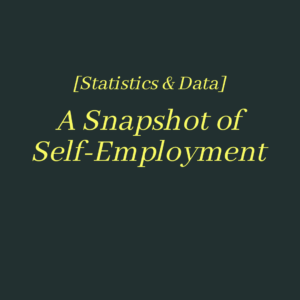
In 2023, the landscape of self-employment in the UK continues to evolve, marked by a notable shift from its peak just a few years ago. Currently, there are approximately 4.39 million self-employed individuals, a significant decrease from the over five million recorded in early 2020.
This decline was primarily driven by the COVID-19 pandemic, which saw a reduction of around 782,000 self-employed workers in just one year. While there has been a modest recovery since January 2022, the self-employment sector is still grappling with the lingering effects of the pandemic.
At a glance
Gender dynamics within self-employment have also shifted over the years. In 2023, there are about 2.79 million self-employed men and 1.6 million self-employed women. While men still outnumber women, the gap has narrowed significantly from 1.67 million in 1992 to 1.19 million today.
Additionally, self-employed workers tend to be predominantly full-time, with 2.88 million full-time self-employed individuals compared to 1.5 million part-time ones.
Interestingly, self-employed workers are more likely to work longer hours, with one in five working more than 45 hours a week, compared to 14.9 percent of the broader workforce.
Source: https://www.statista.com/statistics/382420/uk-self-employed-weekly-hours-of-work-by-hours/
Self-employment in the UK spans a wide range of industries, but the construction sector stands out with approximately 783,000 self-employed workers as of the second quarter of 2023. Professional, scientific, and technical roles follow closely, with around 598,000 self-employed individuals in these fields.
Source: https://www.statista.com/statistics/318457/self-employment-by-region-uk/
The distribution of self-employed workers varies across the UK. London remains a hub for self-employment, with approximately 757,000 self-employed individuals as of 2022. South East England follows with around 644,000 self-employed workers. Together, these regions account for a significant portion of the UK’s total self-employed population.
While the self-employment sector in the UK has faced significant challenges in recent years, the resilience of its workers remains evident. The recent uptick in self-employment numbers since January 2022 suggests a slow but steady recovery. However, it will likely take more time for the sector to fully regain its pre-pandemic momentum.
As the UK navigates this path of recovery, understanding the nuances of self-employment will be crucial. From industry-specific trends to regional distributions and demographic shifts, the evolving landscape of self-employment offers valuable insights into the broader economic health of the nation.
Data Source: Statista UK Self Employment